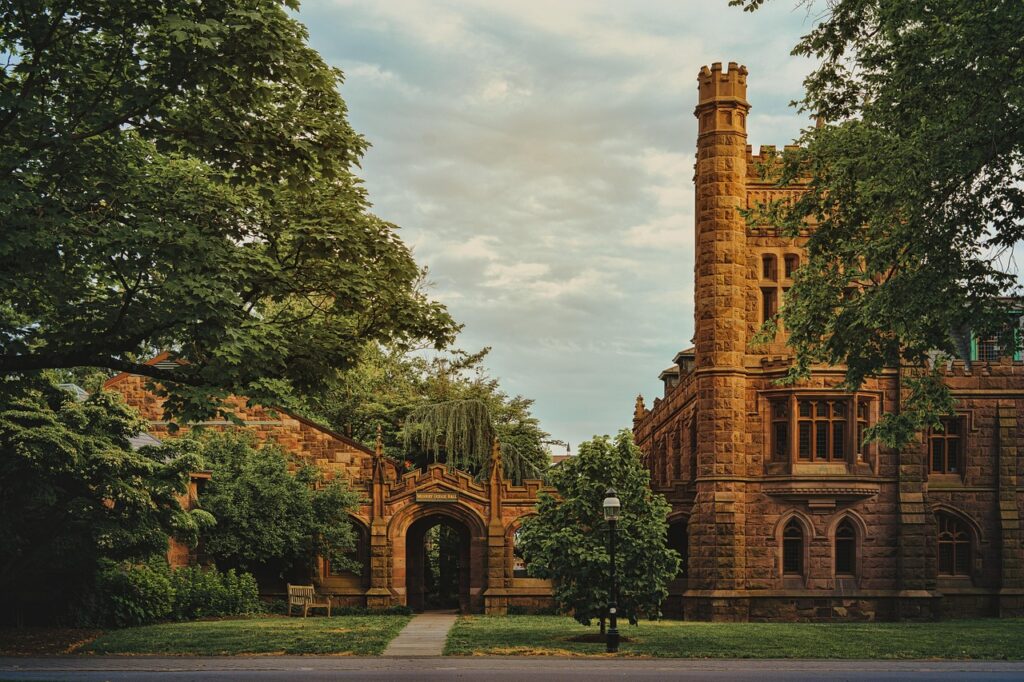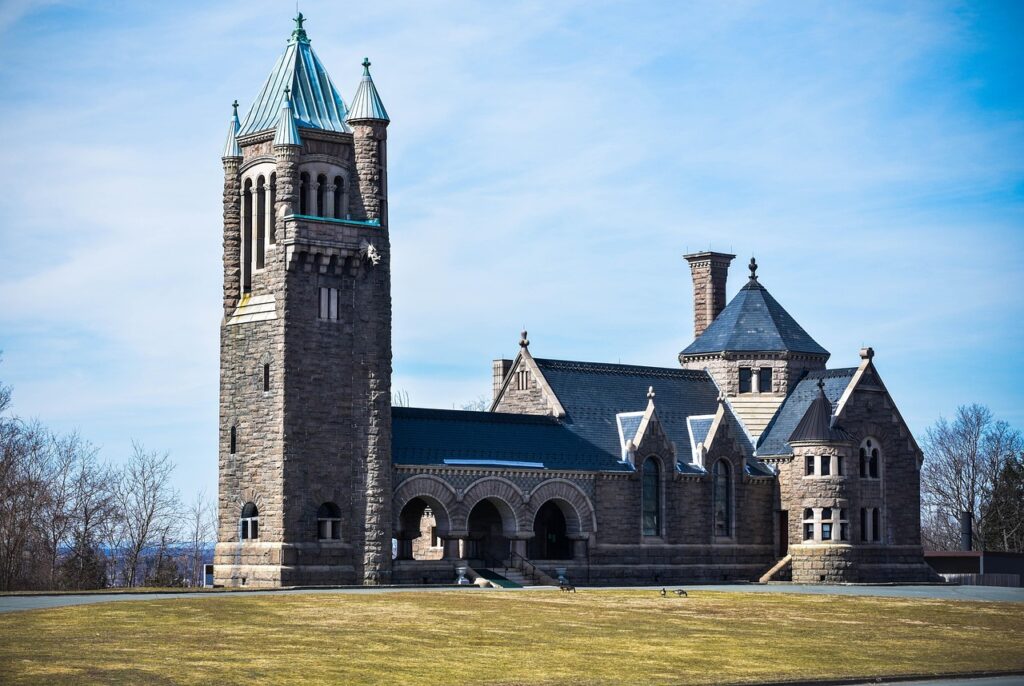Staten Island, often colloquially known as New York City’s “forgotten borough,” harbored a dedicated champion in Barnett Shepherd, whose recent passing at 87 marks the end of a remarkable life devoted to safeguarding its unique and invaluable heritage. From the quiet shores that once hosted the nation’s oldest schoolhouse and the first tennis matches in the United States, to the historic districts that bear witness to centuries of human endeavor, Shepherd’s work ensured that the stories embedded in Staten Island’s architecture and landscape would not fade into obscurity. His journey was one of profound transformation, moving from an ordained Presbyterian minister to a tireless preservationist, driven by a deep love for art, culture, and community.
Shepherd’s impact is etched into the very fabric of the borough’s most significant cultural institutions. He was instrumental in shaping the Snug Harbor Cultural Center & Botanical Garden, the St. Paul’s Avenue-Stapleton Heights Historic District, and most notably, Historic Richmond Town, where he served as executive director and chief executive for nearly two decades. His visionary leadership and hands-on dedication preserved not just buildings, but the spirit of a place, creating accessible windows into the past for hundreds of thousands of visitors annually. His life’s work serves as a powerful reminder of how one individual can profoundly influence the future by honoring the past.
This in-depth look explores the significant milestones and unwavering commitment that defined Barnett Shepherd’s career, tracing his path from his early days to the pivotal moments that solidified his reputation as Staten Island’s foremost heritage advocate. We delve into the diverse facets of his contributions, from the intellectual foundations of his early education to the concrete achievements that transformed historic sites and inspired countless individuals to appreciate the enduring value of preservation.
1. **Early Life and Academic Pursuits**Isaac Barnett Shepherd was born on July 26, 1938, in St. Joseph, Missouri, marking the beginning of a life that would eventually leave an indelible mark on New York City’s landscape. His upbringing was shaped by the diverse professional lives of his parents. His father, Clarence Shepherd Jr., was a plant manager for the United States Gypsum Company, a manufacturer of construction materials, and at one point held the esteemed position of mayor of Diboll, Texas. His mother, Marjorie (Lancaster) Shepherd, pursued a creative path as both a milliner and an artist, perhaps subtly instilling in her son an early appreciation for craftsmanship and cultural expression.
Shepherd’s early education took him through schools in both New Jersey and Oregon, exposing him to different environments before he embarked on his higher academic journey. He matriculated at Alma College in Michigan, where he earned a bachelor’s degree in English literature in 1960. This foundational study in literature would undoubtedly hone his narrative skills and capacity for deep historical understanding, qualities that would later become evident in his prolific writing and storytelling through preservation.
Following his undergraduate studies, Shepherd pursued a Master of Divinity degree from Union Theological Seminary in Manhattan, completing his studies in 1964. This period of theological training reflects a profound spiritual and intellectual curiosity that initially guided his professional aspirations. While his career path would ultimately diverge from the traditional ministry, the principles of community service, historical awareness, and a dedication to cultural enrichment fostered during these years undoubtedly informed his later work in preservation.
Read more about: The Indelible Reign of Prince: A Forbes Retrospective on the Musical Genius, Financial Acumen, and Cultural Impact of an Icon
2. **A Calling Beyond the Pulpit: Transition to Art and Culture**During the tumultuous and transformative civil rights era, Barnett Shepherd channeled his theological training and commitment to social justice into active ministry. He played a significant role in opening a racially integrated Presbyterian church in Birmingham, Alabama, a testament to his courage and conviction in a deeply divided time. He also served as an associate minister in Columbus, Indiana, further demonstrating his dedication to community building and spiritual guidance in his early career. These experiences undoubtedly shaped his understanding of community and the importance of shared heritage.
However, after a number of years, Shepherd found that the ministry, while impactful, was not personally fulfilling. In a candid 2012 interview with the New York Preservation Archive Project, he articulated this pivotal realization, stating, “I found that personally it was not fulfilling after a number of years, that I really had the greater love for art and culture.” This profound personal insight marked a significant turning point, redirecting his intellectual and professional energies toward a new passion that would define the rest of his life.
Following this vocational shift, Shepherd pursued further academic specialization, earning a master’s degree in art history from Indiana University in Bloomington in 1970. This new academic pursuit provided him with the theoretical and historical framework for understanding and appreciating cultural artifacts and architectural heritage. He then applied this knowledge by teaching at the University of Florida in Gainesville, sharing his burgeoning expertise with a new generation of students and laying the groundwork for his future in cultural advocacy.
Despite his academic achievements and passion for art, the initial transition was not without its challenges. Shepherd openly recounted a period of financial struggle, recalling, “I was painting as an artist full time, but soon ran out of money, so I had to get a job.” This pragmatic need led him to take on diverse roles, including working as a legal typist on Wall Street and even serving as a janitor at a Unitarian church. These early experiences, far removed from the academic or ministerial realm, provided a grounding perspective and a deep understanding of the practicalities of life, shaping the resilient and resourceful preservationist he would become.
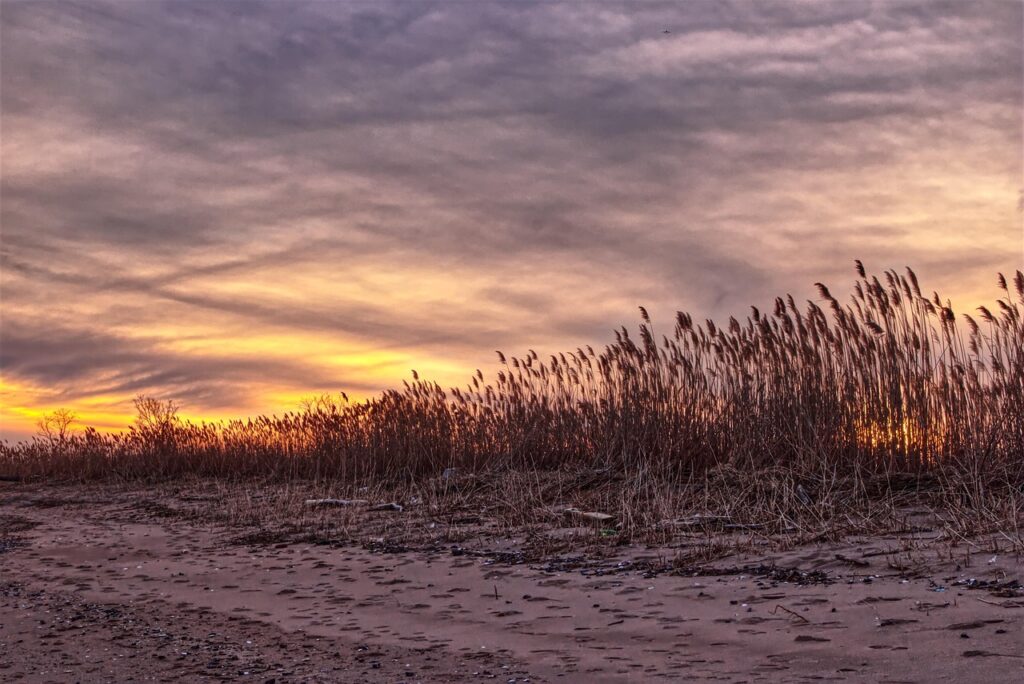
3. **Arrival on Staten Island: A Response to Threat**Barnett Shepherd’s pivotal move to Staten Island in 1972 marked the true genesis of his preservation career. He arrived at a critical juncture for the borough, less than a decade after the completion of the Verrazzano-Narrows Bridge in 1964. The bridge, a monumental feat of engineering, brought with it an unprecedented surge in development, an economic boom that, while promising progress, also posed a grave threat to Staten Island’s irreplaceable historic landmarks and unique character. Shepherd, then in his 30s, saw not just development, but a landscape being irrevocably altered without due respect for its past.
Staten Island, often branded New York City’s “forgotten borough,” held a treasure trove of historical significance, much of which was underappreciated and increasingly imperiled. It boasts the distinction of being one of the first places tennis was played in the United States, a testament to its early recreational and social life. Furthermore, it is home to the nation’s oldest schoolhouse, a tangible link to America’s educational origins. The island also played a role in the nascent stages of the nation, being the site of an abortive peace conference intended to prevent the Revolutionary War.
Beyond these historical markers, Staten Island held other unique distinctions, having once been the site of the world’s largest landfill, and geographically, it boasts the highest point on the East Coast. Its rich tapestry of past residents included the pioneering photographer Alice Austen and the legendary shipping magnate Cornelius Vanderbilt, who earned the honorific “Commodore” due to his operation of a ferry to Manhattan. Even former President Ulysses S. Grant had planned to reside there, only for his wife’s encounter with mosquitoes to alter their plans for a mansion built for a cotton mogul. It is also uniquely the only one of the city’s five boroughs whose residents ever voted to secede, a testament to its fiercely independent spirit, although the 1993 vote was ultimately blocked in the State Assembly. Shepherd recognized this multifaceted past and understood the urgent need to protect it.
4. **Founding the Preservation League of Staten Island**Upon his arrival on Staten Island, Barnett Shepherd quickly recognized the urgent need for organized advocacy to counter the rapid development that threatened the borough’s historic fabric. As a relative newcomer to New York, and still an ordained Presbyterian minister, he channeled his energy and passion into a tangible call to action. In 1977, just five years after settling on the island, he founded the Preservation League of Staten Island, marking a critical turning point for the borough’s heritage. This initiative was not merely a formal establishment; it was a rallying cry for awareness and action.
Shepherd’s primary objective in establishing the League was clear: “To raise awareness of the importance of saving historic buildings.” He understood that preservation was not just about bricks and mortar, but about educating the community on the cultural, historical, and architectural significance of their surroundings. This foundational organization became the bedrock for much of his subsequent work, providing a platform for advocacy and a framework for direct intervention in threatened sites. It gave voice to those who recognized the irreplaceable value of Staten Island’s past.
Through the Preservation League, Shepherd became instrumental in preserving and promoting several of the borough’s major cultural attractions. His efforts extended beyond mere advocacy, involving him deeply in the practical work of heritage conservation. This early, hands-on engagement with various sites solidified his reputation as a dedicated and effective leader in the nascent preservation movement on Staten Island. The League’s formation ignited a collective consciousness, transforming individual concern into a potent force for historical protection.
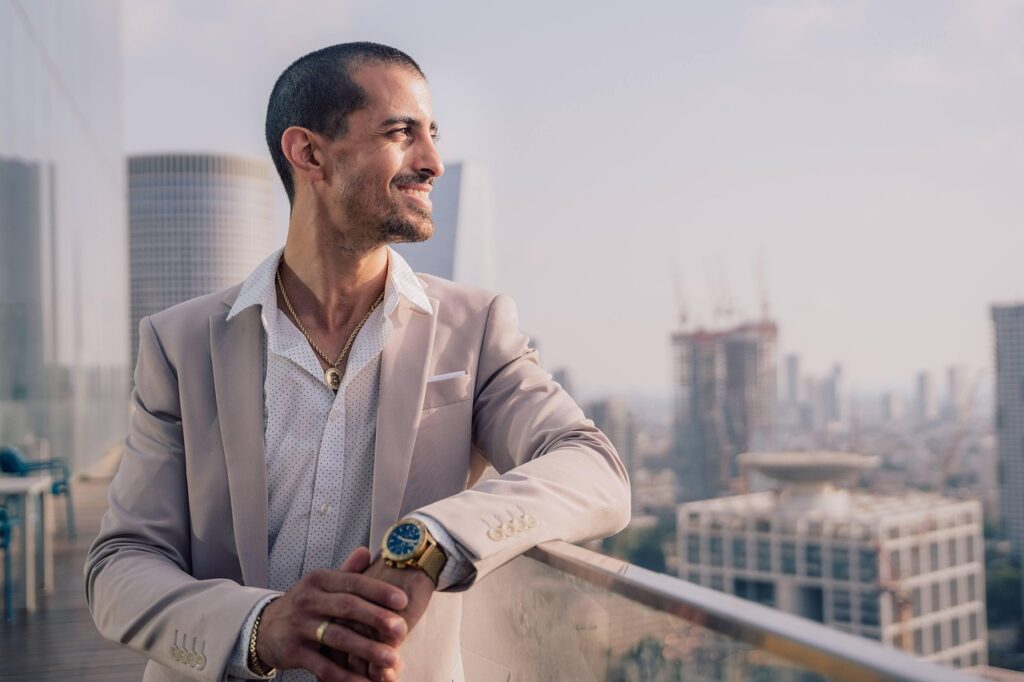
5. **Leadership at Historic Richmond Town (Part 1: Initial Tenure and Vision)**Barnett Shepherd’s influence reached its zenith during his tenure as executive director and chief executive of Historic Richmond Town, a role he held from 1981 to 2000. This nearly two-decade-long period allowed him to profoundly shape the trajectory of one of Staten Island’s most significant cultural institutions. His leadership was not merely administrative; it was transformative, imbuing the historic village with a renewed sense of purpose and a clear vision for its future as a living historical record.
Historic Richmond Town itself is a remarkable complex, once serving as the seat of Staten Island’s government. It encompasses a sprawling 100 acres and is home to more than two dozen historic buildings, each telling a piece of the borough’s story. Under Shepherd’s guidance, this extensive site began to realize its full potential as a center for public history, education, and cultural engagement. He recognized that the village was more than just a collection of old structures; it was a dynamic resource that could connect contemporary residents with the lives and experiences of those who came before them.
Jessica Phillips, the current executive director and chief executive of Historic Richmond Town, eloquently summarized Shepherd’s foundational contribution. She stated, “He laid the foundation for the museum village as we know it today — expanding the site, preserving critical structures, and advancing the mission of public history on Staten Island.” This commendation underscores the enduring nature of his vision, highlighting how his initial leadership created the very framework upon which the modern institution operates. His foresight ensured that Historic Richmond Town would evolve as a vibrant, educational landmark, a testament to his strategic thinking and profound dedication.

6. **Preserving Snug Harbor Cultural Center & Botanical Garden**Beyond his transformative work at Historic Richmond Town, Barnett Shepherd was equally instrumental in the preservation and promotion of another crown jewel of Staten Island’s cultural landscape: the Snug Harbor Cultural Center & Botanical Garden. His involvement with Snug Harbor was deeply personal and professional, reflecting his holistic approach to preserving the borough’s heritage. He understood that cultural institutions, much like historic buildings, are vital repositories of community memory and identity, deserving of dedicated stewardship and thoughtful development.
Shepherd’s connection to Snug Harbor was further solidified by his personal residence. He and his longtime partner, Nick Dowen, whom he married in 2024, lived in the Judge Jacob Tysen House, built in 1834. This historic home was strategically located just outside the gates of the Snug Harbor Cultural Center & Botanical Garden, placing him in close proximity to a site he deeply cherished and actively worked to protect. Living amidst the heritage he advocated for provided a constant, tangible reminder of the importance of his mission.
His commitment to Snug Harbor also manifested in his scholarship. His first book, titled “Sailors’ Snug Harbor, 1801-1976,” published in 1979, chronicled the rich history of a Manhattan retirement home for seamen that eventually relocated to Staten Island in 1831. This detailed historical account not only documented the institution’s past but also served to raise its profile and secure its place in the historical narrative of the borough. Through both his direct actions and scholarly contributions, Shepherd ensured that Snug Harbor remained a vibrant, accessible center for culture and history for generations to come.
7. **Leadership at Historic Richmond Town (Part 2: Expansions and Restorations)**Barnett Shepherd’s tenure at Historic Richmond Town, spanning nearly two decades from 1981 to 2000, was characterized by an ambitious program of physical expansion and meticulous restoration. His strategic oversight transformed the museum village into a more comprehensive and engaging historical resource. Under his guidance, the Historical Museum itself underwent a significant $1 million renovation, enhancing its capacity to tell the multifaceted story of Staten Island’s past.
Beyond the museum’s interior, Shepherd directed the painstaking restoration of four pivotal buildings within the complex. He also oversaw the crucial roofing of 14 additional structures, a fundamental step in ensuring the long-term integrity and preservation of these historic assets against the elements. These practical, hands-on efforts underscore his commitment not just to vision, but to the tangible, sometimes arduous, work required to maintain a living historical site.
His leadership extended to expanding the village’s physical footprint and its collection of significant structures. Shepherd supervised the design and construction of the Edna Hayes Collections Care building, a vital facility for safeguarding the artifacts and documents that bring history to life. Furthermore, he orchestrated the acquisition and relocation of several important properties, including the Jacob Crocheron House, dating back to circa 1820, and the Stephens-Prier House, constructed between 1857 and 1859, thereby enriching the village’s architectural narrative and its capacity for public education.

8. **Championing the Built Environment: St. Paul’s Avenue-Stapleton Heights Historic District**Barnett Shepherd’s influence was not confined to the major institutional sites of Historic Richmond Town and Snug Harbor; his preservation efforts extended into the very fabric of Staten Island’s residential landscape. He was instrumental in preserving and promoting the St. Paul’s Avenue-Stapleton Heights Historic District, a neighborhood long recognized for its distinguished character and architectural significance. This work demonstrates his holistic approach to heritage, recognizing the value of both grand public institutions and cohesive residential areas.
The St. Paul’s Avenue-Stapleton Heights Historic District is considered one of Staten Island’s most prestigious neighborhoods, boasting an array of historic houses that collectively paint a vivid picture of the borough’s architectural evolution. Shepherd’s involvement here was crucial in ensuring that these private residences, which contribute so much to the borough’s unique identity, received the recognition and protection they deserved. His advocacy helped solidify the district’s status, safeguarding it from the encroaching pressures of unchecked development that characterized his arrival on Staten Island.
Through his work with the Preservation League of Staten Island and his broader influence, Shepherd ensured that the district’s unique streetscapes and individual architectural gems were understood as integral parts of Staten Island’s cultural heritage. His efforts provided a framework for residents and municipal authorities alike to appreciate and protect these significant urban ensembles, ensuring their beauty and historical lessons endure for future generations.
9. **Literary Contributions: Chronicling Staten Island’s Distinctive History**Barnett Shepherd’s dedication to preservation extended beyond direct intervention and institutional leadership; he also made significant contributions as a historian and author. His literary output provided detailed historical accounts that deepened public understanding and appreciation for Staten Island’s unique past. Following his first book on Sailors’ Snug Harbor, he turned his scholarly attention to another distinct community on the island with “Tottenville: The Town the Oyster Built.”
Published in 2003, this book meticulously chronicled the history of Tottenville, a neighborhood with a rich maritime and industrial heritage, particularly its connection to the oyster industry. Shepherd’s research for this work was notably comprehensive and collaborative. He worked closely with the Tottenville Historical Society, undertaking an extensive survey of 250 buildings within the area. This hands-on, granular approach to research exemplifies his commitment to factual precision and a thorough understanding of place.
The resulting publication served as an invaluable resource, preserving the narrative of Tottenville’s past for both scholars and local residents. By documenting the architectural and social history of the area, Shepherd not only highlighted the specific cultural contributions of a distinct Staten Island community but also contributed to the broader historical record of the borough. His books served as a testament to his belief that understanding the past is essential for shaping a thoughtful future.

10. **A Profound Philosophy: Preservation as Human Connection**Beyond the physical acts of saving buildings and documenting history, Barnett Shepherd articulated a profound philosophy regarding the essence and purpose of preservation. He viewed heritage conservation not merely as an architectural or academic exercise, but as a deeply human endeavor that enriches the individual and fosters empathy. His insights transcended the technical aspects of his work, revealing a spiritual underpinning that resonated with his earlier ministerial calling.
In a telling 2012 interview with the New York Preservation Archive Project, Shepherd eloquently stated that preservation “broadens our horizons as individuals, not just in a historical way but also in a personal way. That you can stand in the shoes of other people in times past as well as becoming more sensitive to people in your present environment.” This perspective highlights his belief that engaging with history allows for a unique form of temporal empathy, enabling individuals to connect with the lives and struggles of those who came before them.
This philosophy underscores the idea that historic sites are not just static relics but living narratives that can inform and inspire contemporary life. By encouraging people to ‘stand in the shoes of other people in times past,’ Shepherd advocated for a form of historical engagement that cultivates a deeper understanding of the human condition and, by extension, promotes greater sensitivity and connection within one’s own community and time. It was this holistic understanding of heritage that defined his unique contribution to the field.
Read more about: Reclaiming Your Life: How One Teacher Mastered the Art of Quiet Quitting for Two Years to Thrive While Still Getting Paid

11. **Personal Connection and Life on Staten Island**Barnett Shepherd’s professional dedication to Staten Island’s heritage was deeply intertwined with his personal life and a genuine affection for the borough itself. His decision to make Staten Island his home in 1972, and to reside there for more than half a century, speaks to a profound personal connection that fueled his tireless work. He found in Staten Island a unique sanctuary, a place that offered both a rich historical tapestry and a cherished sense of quietude.
He and his longtime partner, Nick Dowen, resided in the Judge Jacob Tysen House, an historic dwelling built in 1834, strategically located just outside the gates of the Snug Harbor Cultural Center & Botanical Garden—a site he actively preserved and documented. This personal immersion in the very heritage he championed underscores the authenticity of his commitment. The historic home itself became a living extension of his advocacy, a constant reminder of the past he sought to protect.
Shepherd also openly shared his personal reasons for embracing Staten Island, stating, “We knew what was going on in the world, but we liked being out here in this quiet isolated place and away from the latest trends about everything.” This sentiment reveals a desire for a life rooted in substance and history, removed from the ephemeral demands of contemporary urbanity. It was this blend of professional dedication and personal contentment that made his work on Staten Island so impactful. In a testament to their enduring partnership, he and Nick Dowen were married in 2024.
Read more about: A Little Too Real? Why Fans Are Convinced These 14 Actors Are Just Their Characters in Disguise
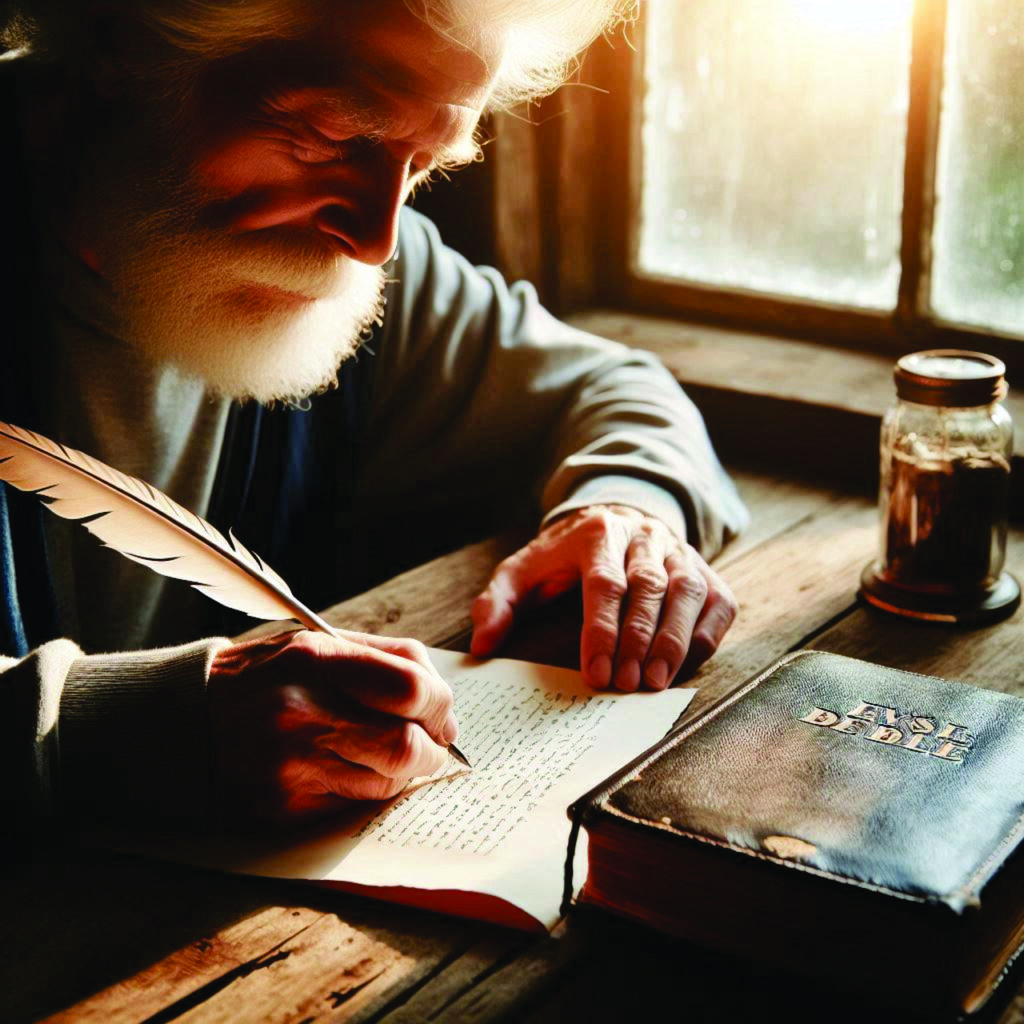
12. **An Enduring Legacy for Staten Island**Barnett Shepherd, the consummate historian and preservationist, passed away on August 6 on Staten Island at the age of 87. His death, attributed to complications of a respiratory infection in a nursing home, marks the close of a life profoundly dedicated to safeguarding the architectural and cultural soul of New York City’s ‘forgotten borough.’ He leaves behind his spouse, Nick Dowen, and his two brothers, Clarence and Mark, along with a community forever indebted to his vision and perseverance.
Shepherd’s legacy is woven into the very fabric of Staten Island’s most cherished institutions. The hundreds of thousands of visitors who annually explore Historic Richmond Town and Snug Harbor Cultural Center & Botanical Garden stand as a testament to his enduring impact, experiencing the history he so meticulously preserved. Jessica Phillips, the current executive director and chief executive of Historic Richmond Town, aptly encapsulated his contributions: “His legacy will live on in every building saved, every story told and every visitor inspired by this community he helped to shape.”
Read more about: Unpacking the Complex Life and Enduring Career of Pete Davidson: From SNL Breakthrough to Public Scrutiny
Indeed, Shepherd’s influence extended far beyond the physical structures he rescued; he instilled a deeper appreciation for history and community identity across Staten Island. His unwavering commitment to ‘reclaiming and restoring Staten Island’s heritage and preserving its past for the future’ has ensured that the borough’s unique narratives, from its earliest schoolhouse to its role in national history, will continue to educate and inspire. Barnett Shepherd’s life stands as a powerful testament to how one individual’s passion can profoundly shape the collective memory and future of a place he deeply loved.



